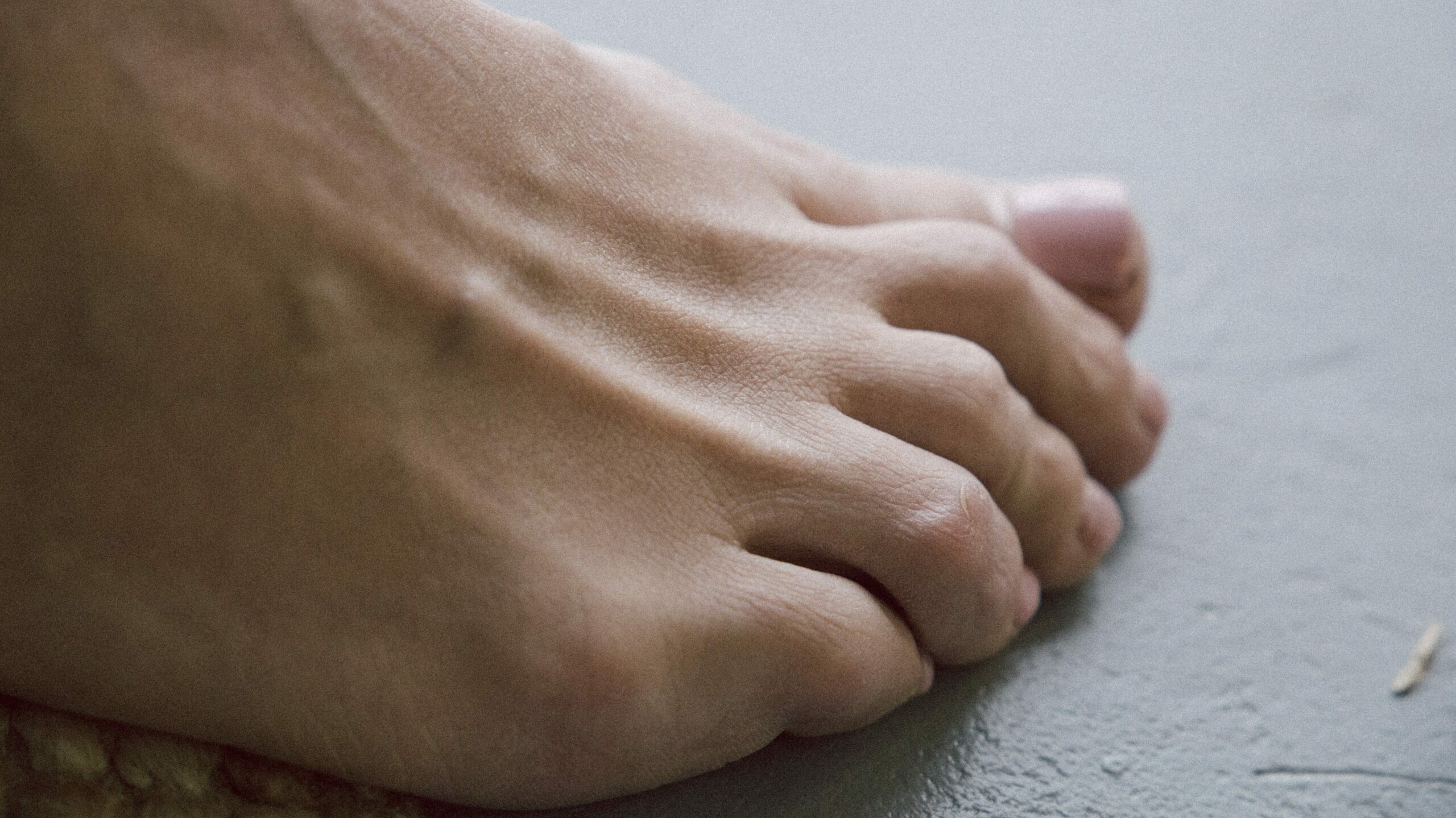The pinky toe, also known as the fifth toe, is often the smallest toe on the foot. In fact, it is not uncommon for the pinky toe to be significantly smaller than the other toes. While there is no one definitive answer to why the pinky toe is so small, there are a number of factors that may contribute to its size.

The human body is a complex and intricate structure, and every part of it has a specific function. The pinky toe, also known as the fifth digit or the fifth toe, is the smallest toe on the human foot. It is located on the outer edge of the foot and is connected to the foot by a small bone called the fifth metatarsal.
The size of the pinky toe can vary from person to person, but in general, it is smaller than the other toes. There are several reasons why this is the case.
Evolutionary Adaptation:
One reason why the pinky toe is so small is that it may be an evolutionary adaptation. Our ancestors used their feet for walking and running long distances, and a smaller pinky toe may have helped them to run more efficiently. A shorter toe would not have gotten in the way as much when running and would have required less energy to move.
Developmental Biology:
Another reason why the pinky toe is small is related to developmental biology. The development of the human body is controlled by a complex set of genetic and environmental factors. In the case of the pinky toe, it is believed that the size of the toe is determined by the activity of certain genes during embryonic development. These genes control the growth and development of the bones in the foot, and variations in their activity can result in differences in toe size.
Genetics:
The size of the pinky toe is also influenced by genetics. Genes are inherited from our parents, and variations in these genes can result in differences in toe size. Some people may have inherited genes that result in smaller pinky toes, while others may have inherited genes that result in larger pinky toes.
Functionality:
Despite being small in size, the pinky toe still serves an important function. It helps to provide balance and stability when walking or standing. When you take a step, your weight is distributed across your foot, and your pinky toe helps to keep your foot stable and prevent it from rolling over. Additionally, the pinky toe can help to provide grip when walking on uneven surfaces, such as rocks or gravel.
Injuries:
Sometimes, the size of the pinky toe can be affected by injuries or other conditions. For example, a broken or dislocated toe can cause the toe to become misaligned or deformed, which can affect its size. Additionally, conditions such as arthritis or other joint problems can cause the toe to become swollen or inflamed, which can also affect its size.
Overall, the size of the pinky toe is determined by a combination of evolutionary adaptations, developmental biology, genetics, and functionality. While it may be smaller than the other toes, it still serves an important purpose and plays a critical role in the proper functioning of the foot.